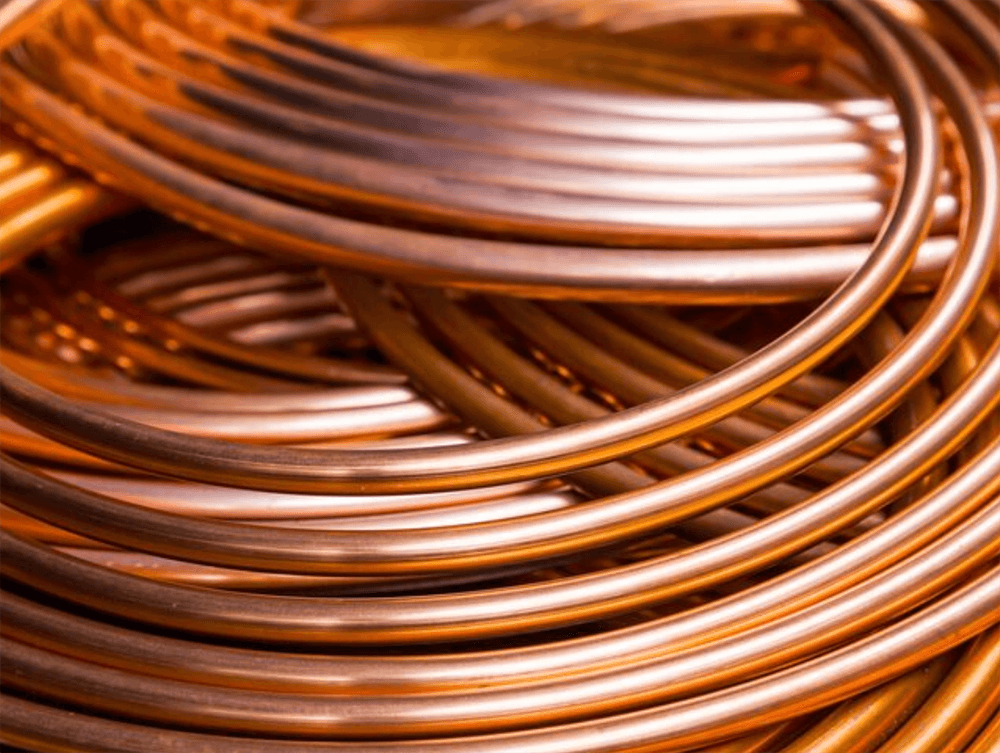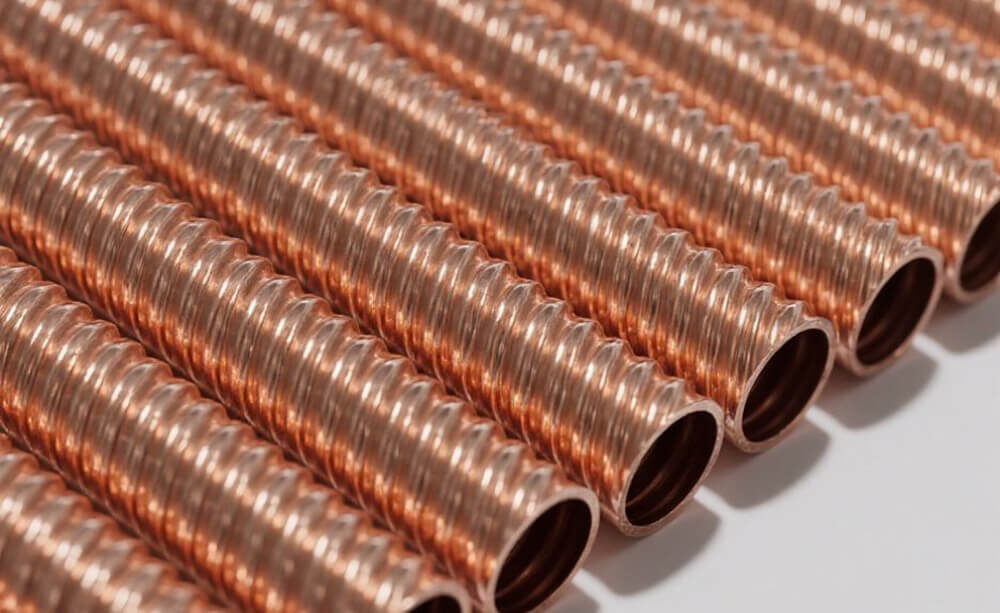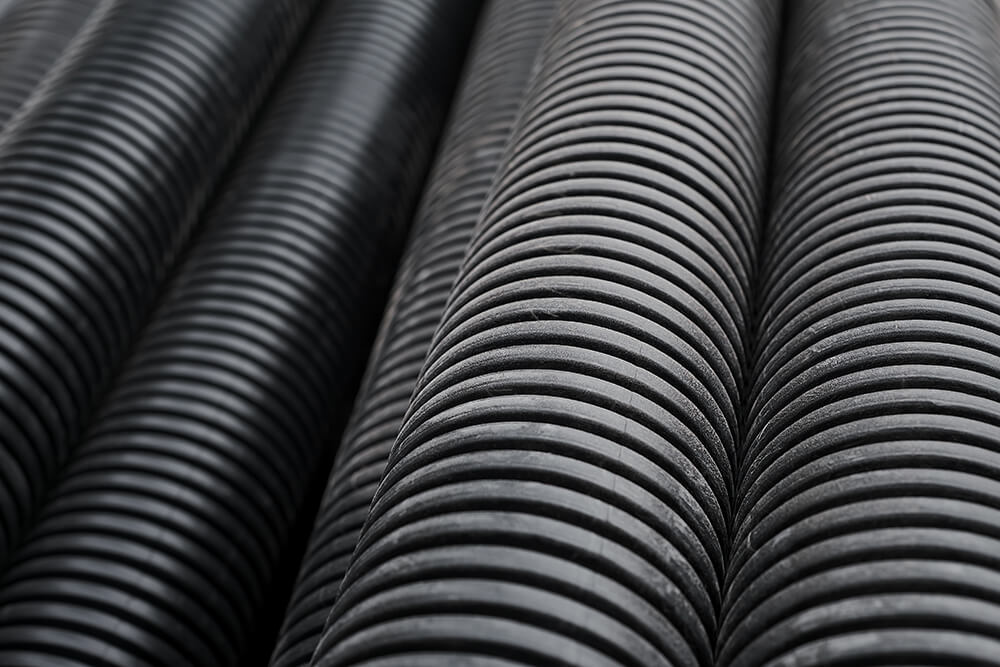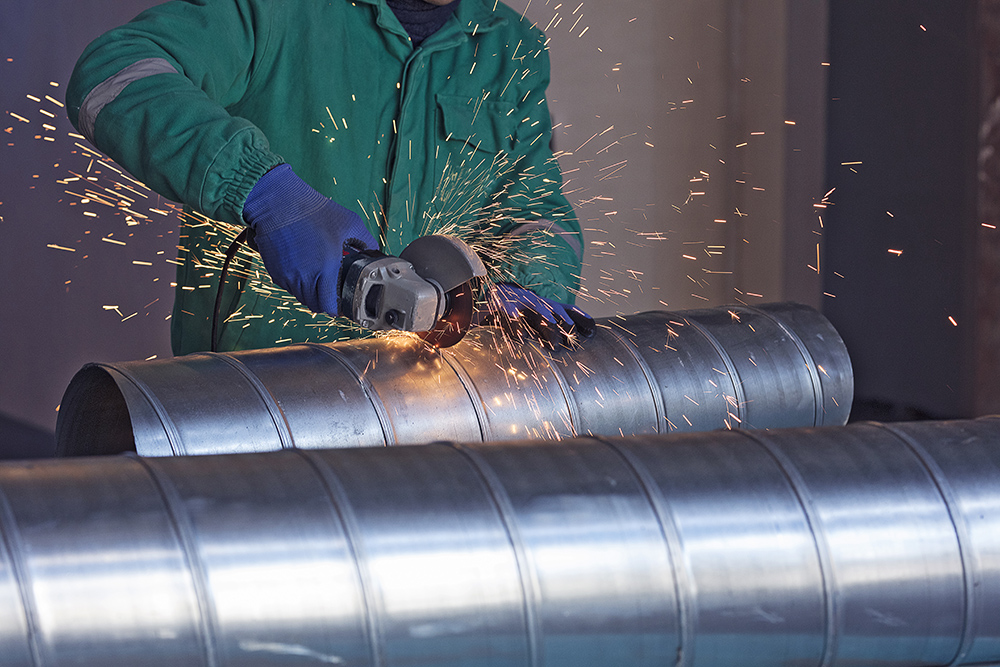When designing systems that involve the movement of hot air—whether for heating, cooling, or industrial applications—a common question arises: Does hot air move faster in thinner or thicker pipes? The answer depends on several factors, including pipe size, airflow velocity, pressure, and the specific needs of your system. In this blog, we’ll break down the relationship between pipe thickness and hot air speed, explore the science behind airflow, and provide actionable insights to help you optimize your system’s performance.
Understanding Airflow in Pipes: The Basics
Air moves through pipes based on basic fluid dynamics principles. When hot air passes through a pipe, it faces resistance, or friction, from the pipe’s walls. The more resistance there is, the slower the airflow will be. Several factors contribute to this resistance, including the diameter of the pipe, the speed of the airflow, and the type of pipe material.
When considering whether thinner or thicker pipes allow for faster airflow, it’s important to understand that the diameter of the pipe has a direct impact on both airflow speed and efficiency.
How Does Pipe Diameter Affect Air Speed?
Air moves differently in narrow versus wide pipes. The size of the pipe can lead to two types of flow: laminar flow and turbulent flow. Each flow type behaves differently, and pipe thickness influences them in different ways.
- Laminar Flow (Smooth, Slow Flow)
In smaller pipes and at low flow speeds, the air moves in smooth layers, with minimal mixing between them. This is called laminar flow. In these conditions, thinner pipes might make the airflow smoother, but the speed is usually slower because the air has less space to move and more friction with the pipe walls. Thinner pipes are often preferred for systems where controlled, slower airflow is needed, such as in ventilation ducts or HVAC systems for small spaces. - Turbulent Flow (Chaotic, High-Speed Flow)
As the pipe diameter increases or the airflow speed becomes higher, the flow becomes chaotic and turbulent. This is called turbulent flow, and it occurs when air moves in a random, swirling motion, causing a higher rate of mixing. In turbulent flow, thicker pipes are more effective, as they allow for higher airflow speeds while reducing the friction caused by air moving against the pipe’s walls. For larger systems, such as industrial ventilation or heating applications, thicker pipes enable faster air movement, even at higher speeds.
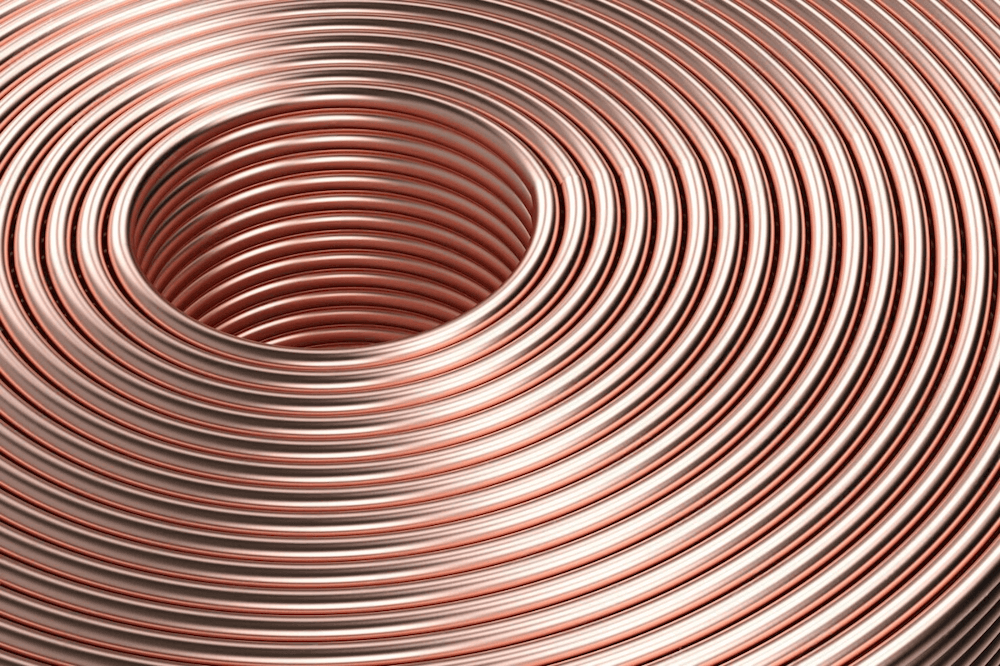
Why Hot Air Behaves Differently Than Cold Air in Pipes
Hot air is less dense than cold air, which means it behaves differently when moving through pipes. This lower density can cause the air to expand and affect pressure levels. In systems designed to handle hot air, pipe diameter becomes even more crucial because the hot air’s pressure can fluctuate as it moves through the system. A thicker pipe can accommodate these fluctuations more effectively, allowing for a smoother, faster flow.
However, it’s not just about size. The material of the pipe and the pressure driving the airflow also influence how well the system performs.
Thinner Pipes: When Are They Effective?
While thicker pipes tend to offer better airflow in most cases, thinner pipes still have their place in specific applications. Thinner pipes are often used when airflow speed is not the primary concern or when space is limited. Here’s how they can be beneficial:
- Efficient for Short Distances
Thinner pipes can be effective in shorter runs where the air doesn’t have to travel long distances. The resistance is manageable, and the air can flow quickly through the pipe without a significant drop in speed. - Controlled Airflow in Small Systems
For systems that require precise airflow control, such as air filtration systems or small HVAC setups, thinner pipes may be preferable. These systems benefit from slower, more controlled airflow, which thinner pipes help to maintain. - Lower Pressure Requirements
Thinner pipes generally require less pressure to push the air through, making them a good choice for applications with lower flow demands, such as residential heating systems.
However, thinner pipes often struggle when it comes to handling high-speed, high-volume airflow or systems that require rapid heat dissipation.
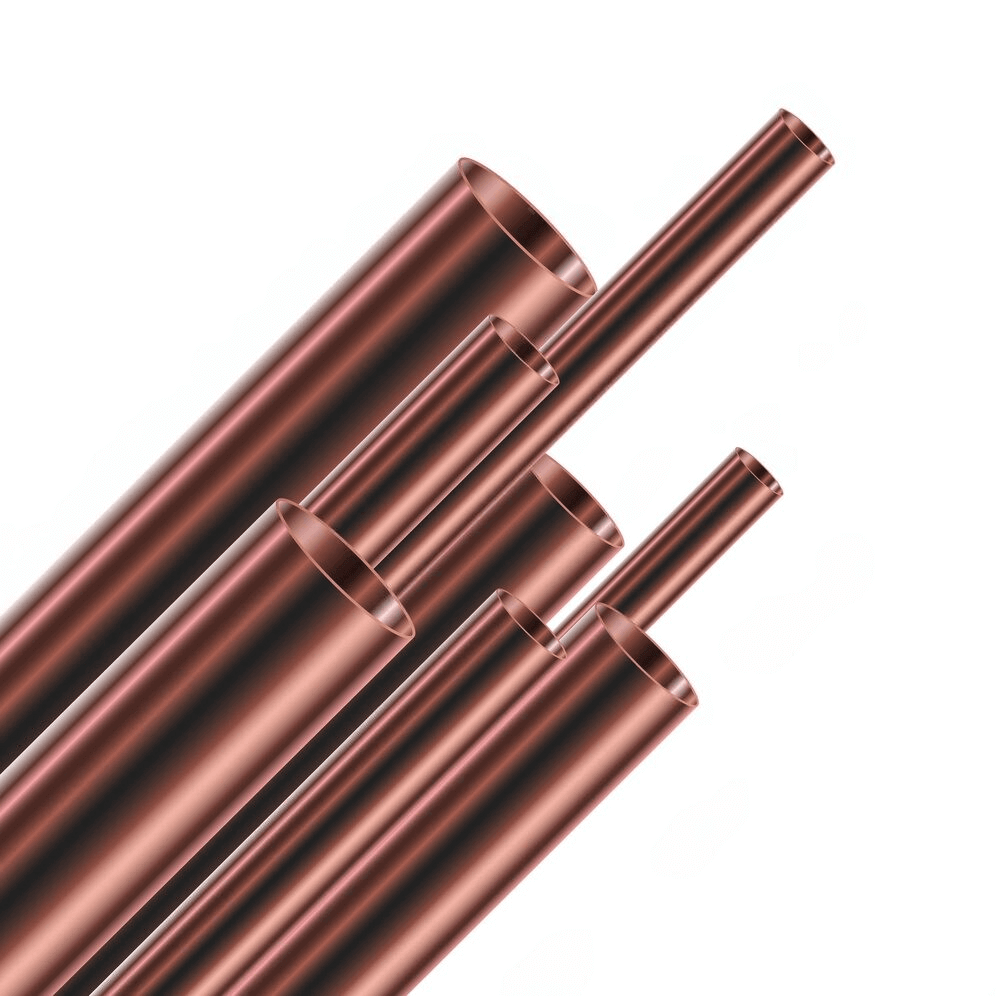
Thicker Pipes: The Best Option for High-Speed Flow
For applications involving high-speed airflow or large volumes of air, thicker pipes are typically the best option. Here’s why:
- Reduced Resistance and Faster Flow
Thicker pipes provide more space for the air to move, reducing the friction between the air and the walls of the pipe. This allows the air to flow more freely, especially when the airflow is fast and turbulent. This makes thicker pipes ideal for systems that need to transport large amounts of air quickly, such as industrial ventilation systems or large-scale HVAC systems. - Better for Larger, High-Volume Systems
In larger systems, such as power plants or industrial cooling systems, thicker pipes are used to handle the greater volume of air required. They help maintain faster airflow without the excessive pressure losses associated with smaller pipes. - Accommodating Higher Temperatures
In systems that handle hot air, thicker pipes can also better accommodate the expanded air and the fluctuations in pressure that come with high temperatures. This makes them ideal for applications like exhaust systems, heating systems, and other environments where hot air needs to be transported efficiently.
Key Insights for Optimizing Airflow in Your System
- Choose Thicker Pipes for High-Speed or High-Volume Airflow: If you’re designing a system that requires rapid air movement—like industrial ventilation or heating systems—thicker pipes will allow for smoother, faster airflow by reducing friction and accommodating larger volumes of air.
- Thinner Pipes Can Work Well in Smaller Systems: For systems with smaller airflow needs or shorter pipe lengths, thinner pipes can be effective. They provide manageable resistance and maintain smooth, controlled airflow, which is ideal for residential heating or small-scale HVAC systems.
- Consider the Application and Pipe Material: Whether you choose thinner or thicker pipes, the material of the pipe (such as copper, aluminum, or steel) and the environmental conditions (e.g., high temperatures, pressure fluctuations) will impact performance. Be sure to select materials that are compatible with your system’s requirements.
Hot air generally moves faster in thicker pipes, especially in systems that require high-speed airflow or large volumes of air. Thicker pipes reduce resistance, allow for smoother, faster flow, and can accommodate the pressure fluctuations associated with hot air. However, for smaller systems or applications requiring controlled airflow, thinner pipes may offer the best balance of performance and efficiency.
By understanding the science behind airflow and carefully considering your system’s needs, you can choose the right pipe size to optimize performance, reduce energy costs, and improve the overall efficiency of your system. Whether you need high-speed air movement for industrial applications or controlled airflow for residential heating, the right pipe choice can make a significant difference in how efficiently your system operates.


